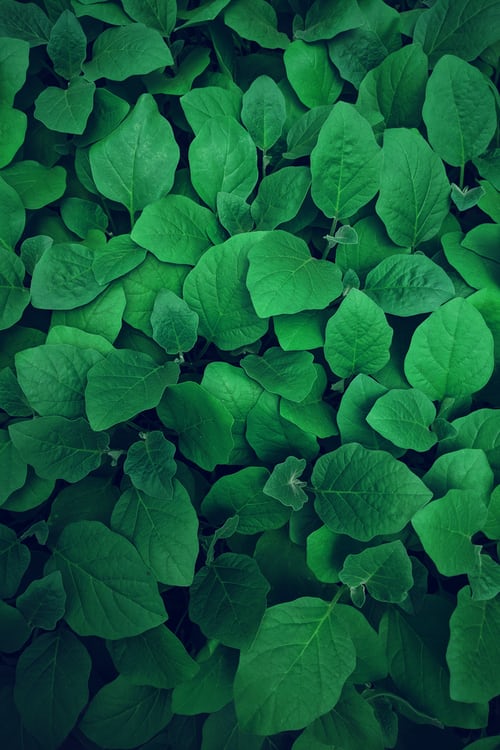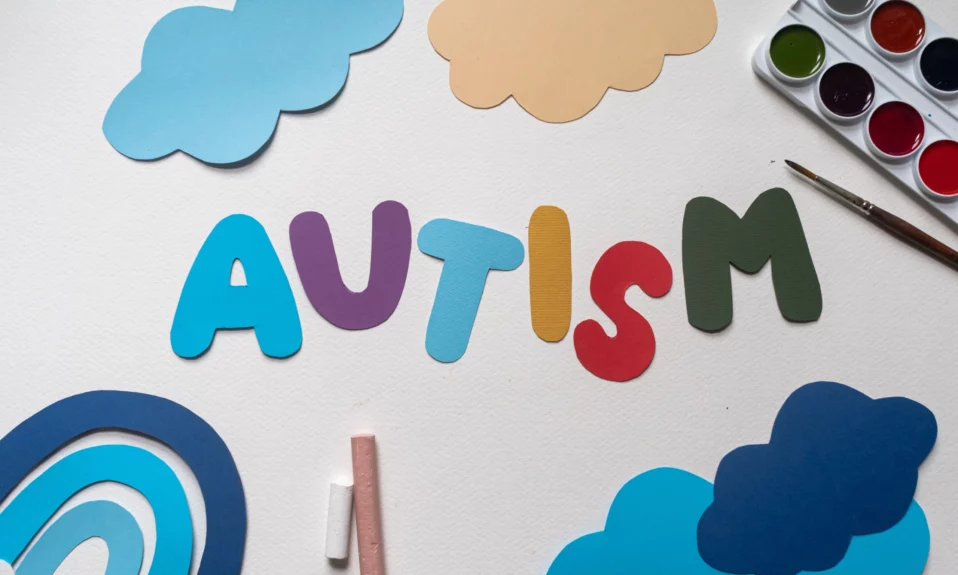
Look at these colors, what do you feel about each one? Think about this. Have you heard of color therapy? Isn’t it the right time for you to take the advantage of the colors?
Which one is more mysterious to you? Which one do you choose to wear on a depressing day? And what color is the best choice for your resting room?

A few months ago when I spent about 8 hours a day on my lessons and they seemed to be endless. I became exhausted and disappointed and there is nothing to motivate me, especially because of the quarantine and new style of life COVID-19 has made for us.
In this situation, I looked for something to make me energetic and boost my mood. Guess what helped me. the colors
I decided to add colors to my space so I wore an orange dress with yellow stripes and wore red lipstick and white nail polish. I used colorful paper to write my summary on, and colorful pens for note-taking.
These simple things can make me happier and more efficient, so I am fascinated with the world of colors and their healing power.
What is color therapy?
Color therapy, also known as chromopathy, is a complementary therapy that uses colors and their frequencies to heal physical and emotional problems.
It is based on the idea that colors create an electrical impulse in our brain, and different colors evoke different responses. Some colors are considered to be stimulating, whereas others may be soothing.
When did color therapy start?
Color therapy is as old as any other medicine. It can be traced back to India, Greece, and Egypt. Indian scriptures mention the healing power of colors especially the rays of the sun. In Egypt and Greece the colored mineral, stocks, crystals, salves, and dyes were used as remedies.
Avicenna and Isaac Newton are the two-person who improved color therapy a lot. Avicenna related the colors to the physical condition of the body and he used colors with the view to treat disease, for example, red moved the blood and blue cooled the organ.
And Newton passed a ray of sunlight through the triangular glass prism and gained the spectrum of the colors from red to violet and he introduced the colors to the world.
Where is color therapy today?
As a science, color therapy is in its infant stages. The evidence explaining any connection between the human body and color healing is limited; however, there is some evidence that shows the colored light has effects on our physical and mental dimensions or our pain levels.
Briefly, color therapy is at the beginning of the path of progress…
remember the story of my life I’ve said at the beginning.
If you want to know what psychologists say about these; let’s follow this part:
what are the psychological or even physical effects of different colors?
THE COLOR OF NATURE

Green is the safest color, and the most balancing. Color therapy typically starts with it. It improves the emotion of love, inner peace, and wisdom. It reduces the anxiety level and produces a calming effect. It’s suggested when we feel sad, hopeless, or depressed. It is interesting that we instinctively seek green when we are under pressure.
This color also affects our physical dimension, research reports fewer migraines per month after 10 weeks of daily exposure to green LED light. And some other researches show short term impacts on blood pressure and decrease acute and chronic pain.
THE COLOR OF SKY

Blue is the sky, it is associated with creativity, loyalty, and spirituality. Like green, primary blue helps to become more relaxed and peaceful. It is often used in therapy and meditation settings. However, too dark blue leads to sadness, depression, and a feeling of emptiness. According to some researchers blue light helps ADHD children to balance their activity.
It is used to cure neonatal jaundice, a naked newborn is placed under the blue light until will be cured. And it is also an effective option for seasonal depression.
Here is a point:
The blue light “the light from the digital device’s screen” AVOID SLEEP!
The blue light can disrupt our biological clocks. This suppresses melatonin, the hormone that helps us to sleep, and in this way harms us. Research shows that blue light at night could increase the risk of heart disease, cancer, and diabetes too.
THE COLOR OF SUN

It is the color of hope. Yellow activates the motor nerves and brings energy to muscles. It makes you feel happier and more energetic. In the psychical dimension, it is effective in digestive problems.
It’s better not to use yellow in stressful and irritant situations. The research found that boys with autism were most overstimulated by yellow, and green and blue are preferable choices.
THE COLOR OF TURQUOISE

Turquoise is a shade of blue that fits on the scale between blue and green. It has the characteristics of blue, green, and yellow and is associated with the calmness of blue, balance, and growth of green, and energy of yellow. It is a motivating color that pushes us to start and also relieves fatigue.
THE COLOR OF ROSES

Red stands for many different things. It represents romantic love, physical passion.it is also a powerful color and because of this side, it is used in color therapy to increase blood circulation and clear circulatory blockages, or ease tiredness.
Red also paradoxically represents the notion of anger, aggression, and violence. Because of these negative associations color therapists avoid shining red light on a head. (It can cause severe agitation)
THE COLOR OF VIOLETS

Purple is the color of beauty, bliss, honor, and dignity. This color can create greater self-knowledge and boost self-esteem. It balances the physical and spiritual energies.
Use Purple in educational settings, can increase the flow of imagination and the integration of ideas, as a result, it improves student’s performance.
THE COLOR OF DAMASK ROSES

Pink is often described as a romantic, compassionate, sexual color. It has a calming effect and relieves anger. It helps us to move from a defensive state of mind to a calming and positive one. Because of its positive virtues, It’s a good choice for prison and mental hospital walls.
To do list:
| 1) | To improve your performance while exercising, use | RED |
| 2) | To remember something and improve your memorization, use | YELLOW |
| 3) | To become more relaxed and calm, use | GREEN |
| 4) | To feel confident, use | mix of RED & BLACK |
| 5) | To become more creative, use | BLUE |
| 6) | To reduce your stress level, use | mix of BLUE & GREEN |
| 7) | To be more romantic, use | PINK |
| 8) | To feel energetic and happy, use | ORANGE |
| 9) | To increase your attention and limit distraction, use | BLUE |
| 10) | To keep your spirit up, use | YELLOW |
| 11) | To connect with your intuition, use | PURPLE |
| 12) | To look smart in an interview, use | BLUE |
You can use each one as a color of your room’s walls or light, your clothes, your jewelry, your lipstick, your nail polish, your hair color, etc.
conclusion:

In conclusion, whether you choose to use color therapy or not depends on the answers you give to these two questions:
- Are you interested in colors?
- Are you interested in trying something that hasn’t been proven?
If yes, try the tips in this article and enjoy. Don’t forget that these can’t replace visiting a doctor or psychologist, especially in serious problems.
If you had try these tips or have similar ideas, share your experience with us! Also don’t miss out the “effect of colors in workspaces” 😉









